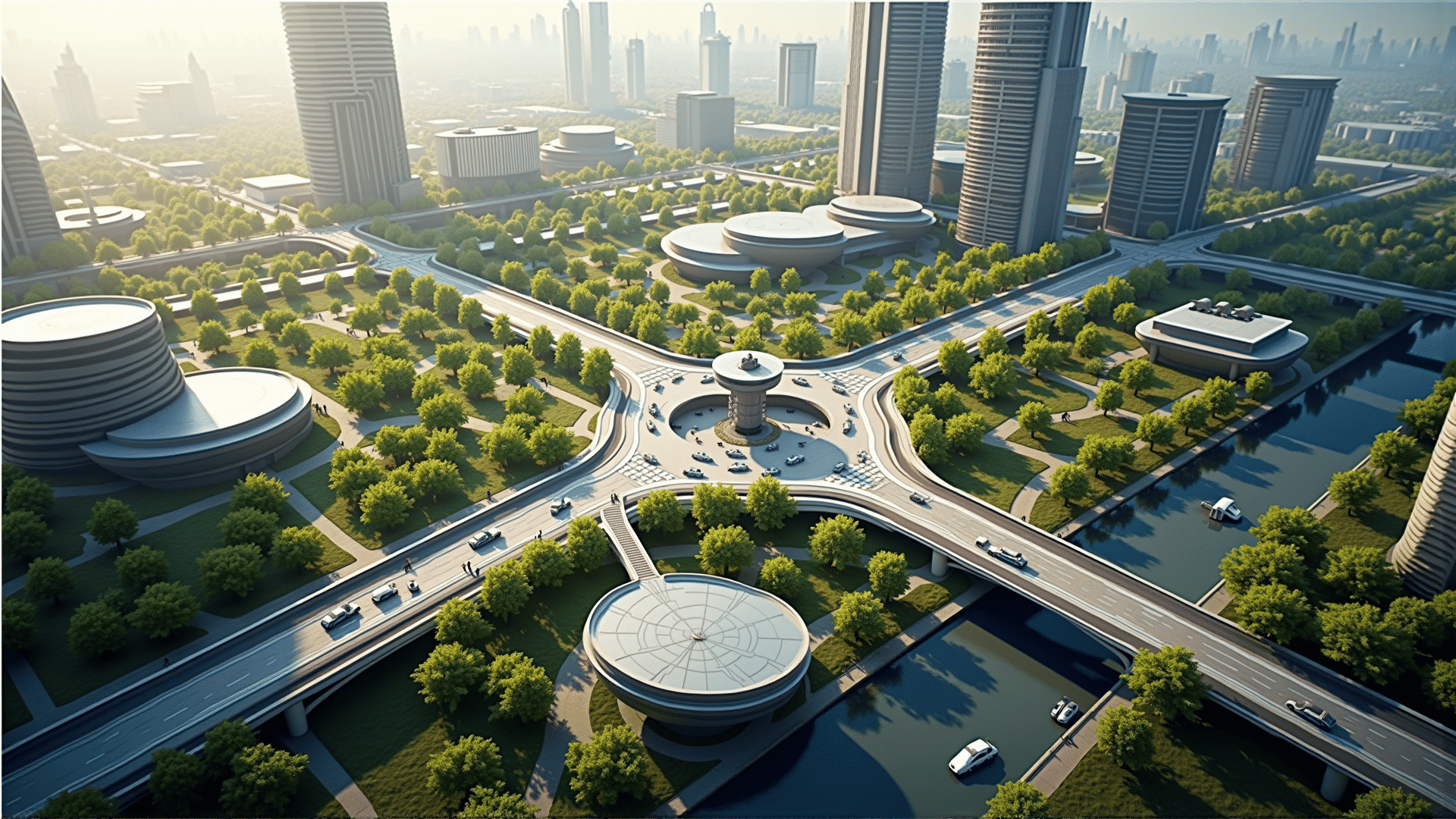In the ever-evolving landscape of urban development, smart cities are emerging as beacons of innovation and sustainability. These hubs of technological advancement and environmental consciousness are not just reshaping our physical environments but are also redefining how we live and interact within them. At the core of this transformation is innovative urban planning that seamlessly integrates cutting-edge infrastructures to create cities of tomorrow.
The concept of smart cities is rooted in the intelligent design and deployment of technology to enhance the quality of life for their inhabitants. This begins with a strategic blend of data-driven insights, sustainable practices, and advanced technologies to address the multifaceted challenges of modern urban living. The goal is to create environments that are not only efficient and sustainable but also resilient and adaptable to future needs.
Integral to this process is the incorporation of smart infrastructures that include everything from energy-efficient buildings and green spaces to digitally connected public transportation systems and responsive public services. By harnessing the power of the Internet of Things (IoT), big data analytics, and artificial intelligence, urban planners can devise solutions that optimize resource allocation, reduce carbon footprints, and improve air and water quality.
One of the most transformative aspects of smart city planning is the focus on mobility. Traditional transportation systems are being revolutionized through the integration of electric and autonomous vehicles, smart traffic management systems, and comprehensive transit networks. These innovations not only reduce congestion and pollution but also significantly enhance connectivity and accessibility for all residents.
Furthermore, the introduction of smart grids plays a critical role in the sustainable management of energy consumption. Through the use of these grids, cities can efficiently distribute electricity, reduce waste, and incorporate renewable energy sources. This is complemented by the development of smart buildings, designed to use resources more efficiently and provide real-time data to residents about their consumption patterns, enabling them to make informed decisions about their energy use.
Public safety and security are also prioritized through innovative urban planning. Smart cities leverage technology such as surveillance systems, emergency response platforms, and community alert systems to ensure a safer living environment. The integration of these technologies facilitates real-time communication and coordination with public safety agencies, enhancing the overall security infrastructure within urban areas.
As the population of cities continues to grow, the demand for efficient and sustainable living conditions becomes increasingly pertinent. Urban planners are meeting this challenge by creating green spaces and urban forests, which not only improve air quality and reduce urban heat but also promote biodiversity and enhance the well-being of residents. These spaces serve as vital components for fostering community engagement and providing recreational opportunities in densely populated areas.
Public engagement is another cornerstone of smart city development. Collaborative platforms and digital tools allow residents to actively participate in the planning and decision-making processes. This inclusion ensures that urban development aligns with the needs and aspirations of the community, fostering a sense of ownership and connection between the inhabitants and their urban environment.
The transformation towards smart cities is not just a technological shift but also a cultural one. It requires a collective mindset focused on sustainability, efficiency, and resilience. By prioritizing these values, cities can not only improve the quality of life for their residents but also set a benchmark for future urban development globally.
In conclusion, innovative urban planning is the key to shaping the cities of tomorrow. By integrating smart infrastructures, embracing sustainable practices, and fostering community involvement, we can create urban centers that are not only equipped to handle the challenges of today but also prepared for the demands of the future. As we continue to push the boundaries of urban innovation, the promise of smart cities becomes not just a vision, but a tangible reality.
